On the afternoon of November 14, the Ho Chi Minh City Department of Transport held a conference to consult on the pre-feasibility study of 5 investment projects to upgrade and expand existing roads at the city's gateways under the BOT form that Resolution 98 allows Ho Chi Minh City to pilot.
Striving to start the first project by the end of 2025
Chairing the meeting, Mr. Tran Quang Lam, Director of the Ho Chi Minh City Department of Transport, said that Ho Chi Minh City has a mechanism for investing in transport infrastructure in the form of BOT on existing roads according to Resolution 98. However, because it is a pilot project, when implementing it, there must be close supervision and evaluation to ensure publicity, transparency and efficiency.
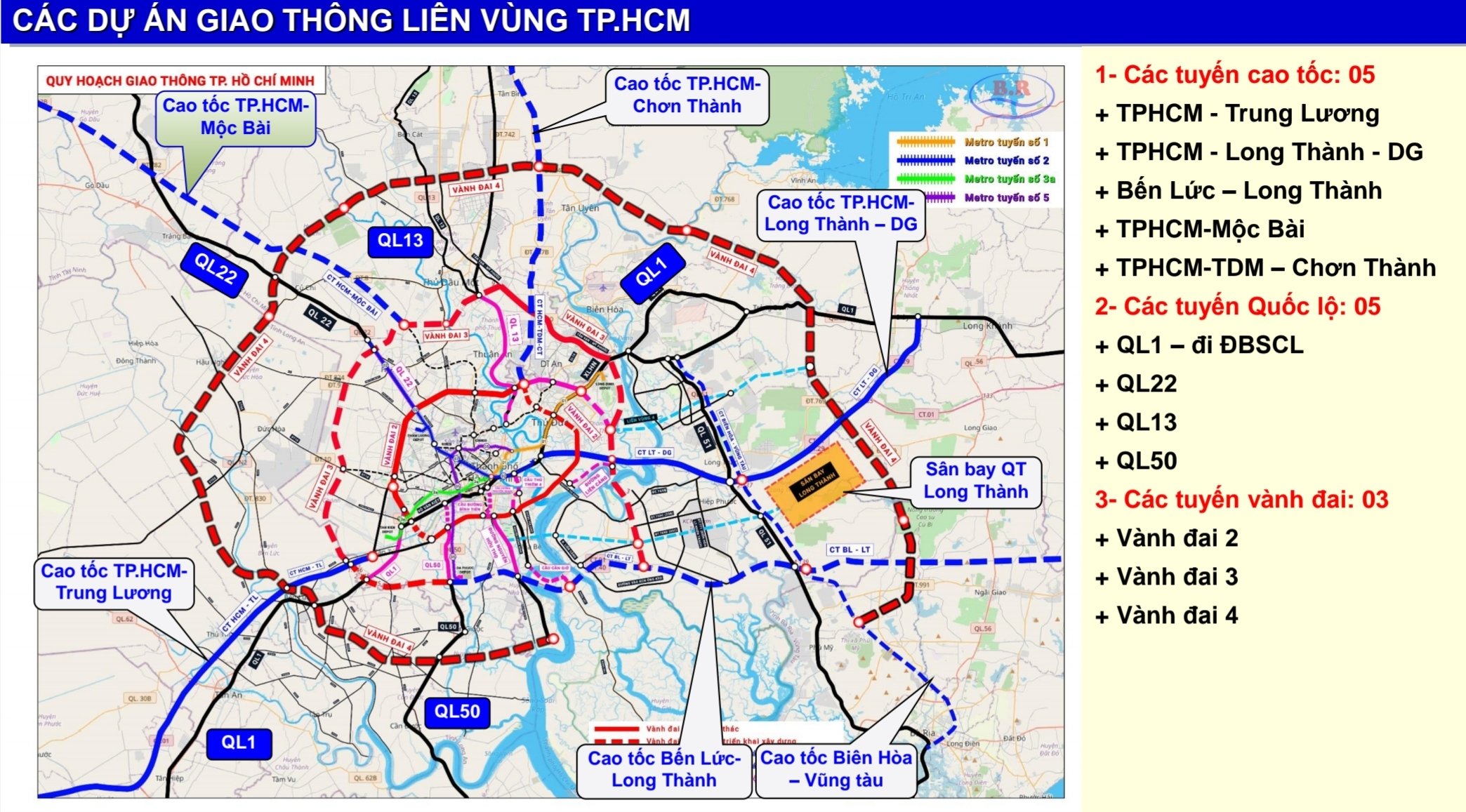
Traffic map of roads in Ho Chi Minh City and 5 BOT projects expected to be implemented.
After the selection process, the Ho Chi Minh City People's Council has allowed the study of 5 routes to be built under the BOT model. These are routes that are invested in by the state budget for research, the Department of Transport is the investment unit, preparing a feasibility study report to submit to the City People's Committee for approval.
Mr. Lam said, regarding the implementation roadmap, in December 2024 (or at the latest by January 2025), the pre-feasibility study report will be submitted to the grassroots appraisal council; in the first quarter of 2025, the investment policy will be approved; a contractor will be selected to prepare a feasibility study report; a survey will be conducted, a feasibility study report will be prepared, and investor interest will be surveyed; and the feasibility study report will be approved in the third quarter of 2025. The investor will be selected and the first project will be started by the end of 2025.
According to Lam, construction under the BOT form on existing roads must harmonize the interests of the people, the State, and investors; have a positive impact on traffic and society; apply technological solutions during construction to speed up progress, minimize traffic impacts, and quickly put into operation... In addition, participating investors must also review to comply with the provisions of Resolution 98...
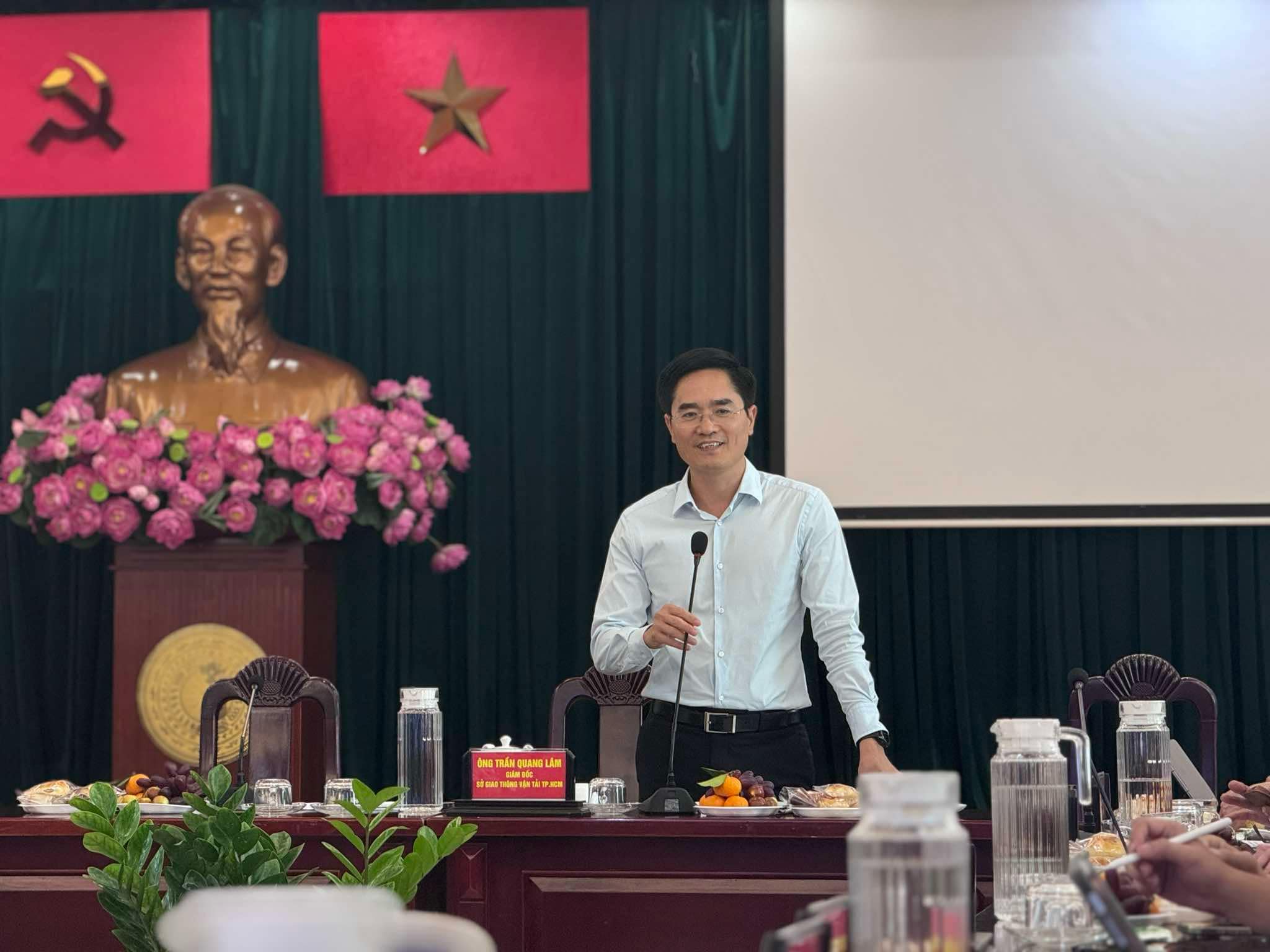
Mr. Tran Quang Lam, Director of Ho Chi Minh City Department of Transport.
Urgent need to expand 5 gateway routes
Five gateway routes to Ho Chi Minh City are being proposed as BOT, including: National Highway 1A (from Kinh Duong Vuong Street to Long An Provincial Border), National Highway 13 (from Binh Trieu Bridge to Binh Duong Provincial Border), National Highway 22 (from An Suong Intersection to Ring Road 3); North-South Axis Road (from Nguyen Van Linh Street to Ben Luc - Long Thanh Expressway); construction of Binh Tien Bridge and Road (from Pham Van Chi Street to Nguyen Van Linh Street).
Currently, all 5 routes are experiencing serious traffic congestion, especially during rush hour or holidays. Along with that, traffic accidents also occur continuously, and the service capacity of the routes is only at a low level.
On that basis, the consulting units proposed plans to build routes according to the proposal to build low-lying roads, elevated roads and combine other types of transportation.
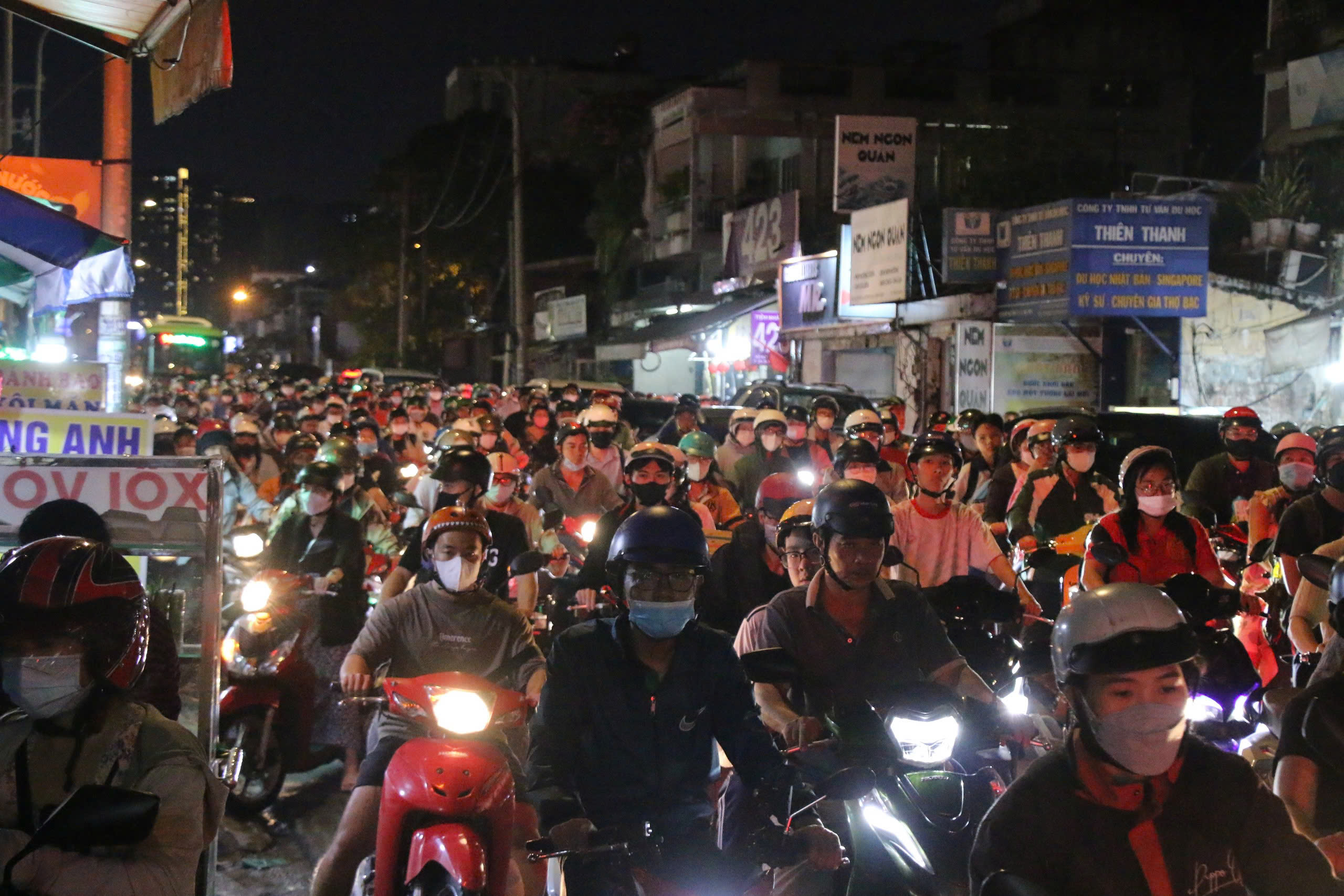
Traffic jams at the gateways of Ho Chi Minh City are increasingly serious.
On National Highway 13, the current road width from Binh Phuoc intersection to Binh Loi intersection is 19 - 26.5m, the roadway is 14.5 - 14m wide, the median strip is 0.5m, the sidewalk is 4 - 8m, the route length is about 5.9km.
The proposed plan is to build a low-level road and an elevated viaduct; of which, the viaduct connecting Binh Trieu Bridge to Binh Phuoc Intersection is 3.7km long. On the route, there are two three-level interchanges including Binh Trieu - Pham Van Dong Intersection and the final intersection of National Highway 1A - National Highway 13.
With this route, the total investment is expected to be 19,953 billion VND, of which about 1,150 households will be affected with an area of about 18 hectares.
With the Xo Viet Nghe Tinh - Dinh Bo Linh route (Binh Thanh district) also having serious traffic jams, the consulting unit proposed to study and build an additional section from Binh Trieu bridge to Hang Xanh intersection, to create a traffic axis connecting the northern gateway to the city center, avoiding "transferring traffic jams from one place to another".
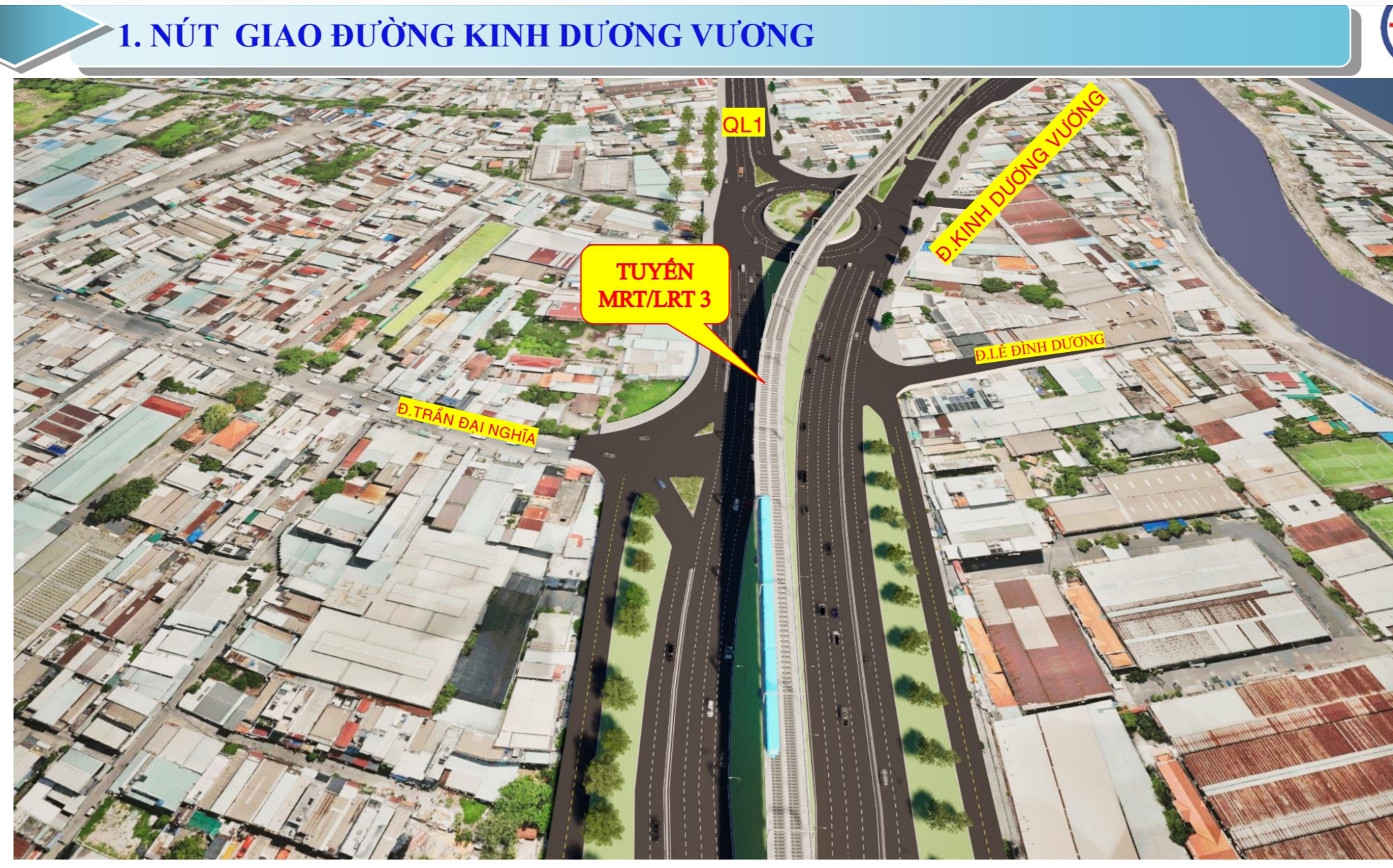
Design of elevated and low-lying roads on National Highway 1A.
As for National Highway 1, this is the route located at the western gateway of Ho Chi Minh City, starting at the An Lac intersection - Kinh Duong Vuong Street, and ending at the border of Long An Province. There are 12 intersections on the route, including 3 interconnecting grade-separated intersections (Tan Kien intersection, Binh Thuan intersection, and Ring Road 3 intersection).
This is a crowded road and traffic jams often occur at An Lac intersection extending to Tran Dai Nghia street, Binh Dien bridge, Binh Thuan intersection.
The units proposed a plan to build low-level and elevated roads in some sections suitable for the length of 9.6km, with a cross-section of 60m. In particular, it is recommended that the different-level intersections be completely built. The estimated investment level is 15,897 billion VND.
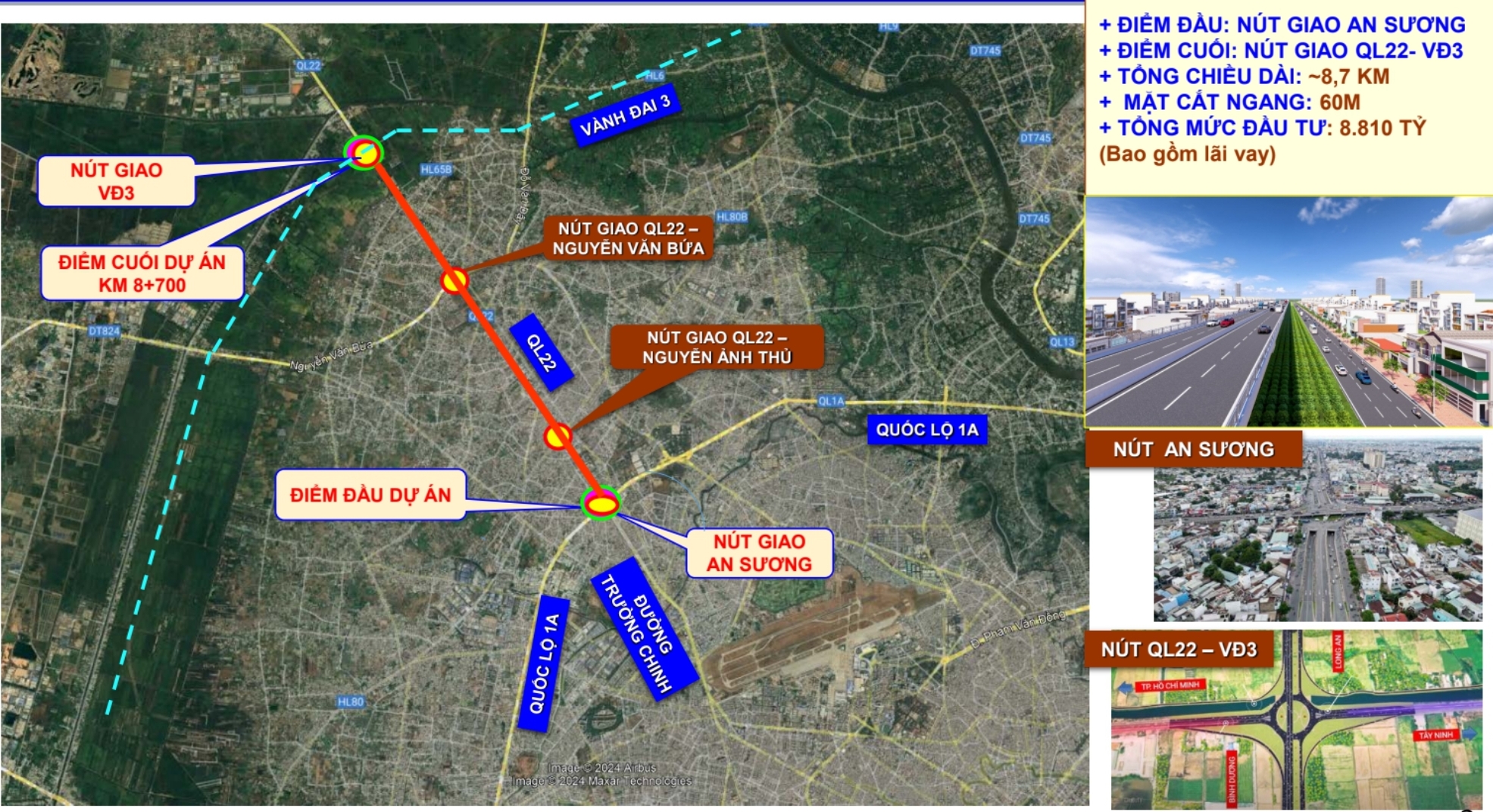
Section QL22 is 8.7km long, with an investment of about 8,800 billion VND.
On National Highway 22, starting from An Suong intersection and ending at Ring Road 3, the route length is 8.7km. The units proposed a low-level route combined with overpasses at 7 intersections on the route. The elevated route is to serve high-speed traffic connecting Ring Road 3 to An Suong, in the middle of metro line 2. There will be 3 large intersections on the route, some at different levels. The total investment of the project is expected to be 8,810 billion VND.
With the North-South axis, the section from Nguyen Van Linh Street to Ben Luc - Long Thanh Expressway, two parallel roads have been built, and the project will be expanded in the middle. This route is considered to be convenient because it only needs to clear land at intersections, and in the future there will also be metro line No. 4 going from the city center to Hiep Phuoc (Nha Be district).
However, there is a large water supply pipeline on the route, so the units proposed a plan to build a 4-lane overpass, offset from the center of the route. The total length of the overpass is 7.2km, including 2 intersections on Nguyen Van Linh and the intersection with Ben Luc - Long Thanh expressway. The total estimated investment is 8,483 billion VND.
Finally, with the Binh Tien bridge route, the starting point is at the intersection of Pham Van Chi Street, the end point is at the intersection of Nguyen Van Linh Street, about 600m from National Highway 50. The route is 3.6km long, with a total investment of about 6,863 billion VND.
Low line combined with high line
At the conference, experts and investors gave their opinions on the design and construction plans for the routes as well as plans for site clearance, investment, and capital recovery...
Mr. Le Quynh Mai, Vice Chairman of the Board of Directors of Deo Ca Transport Infrastructure Investment Joint Stock Company, suggested that consulting units should consider whether to build elevated or low-lying roads. According to him, it is necessary to limit the construction of elevated roads to avoid affecting the aesthetics. "Instead, we should study the option of going underground and building tunnels at major intersections," he said.
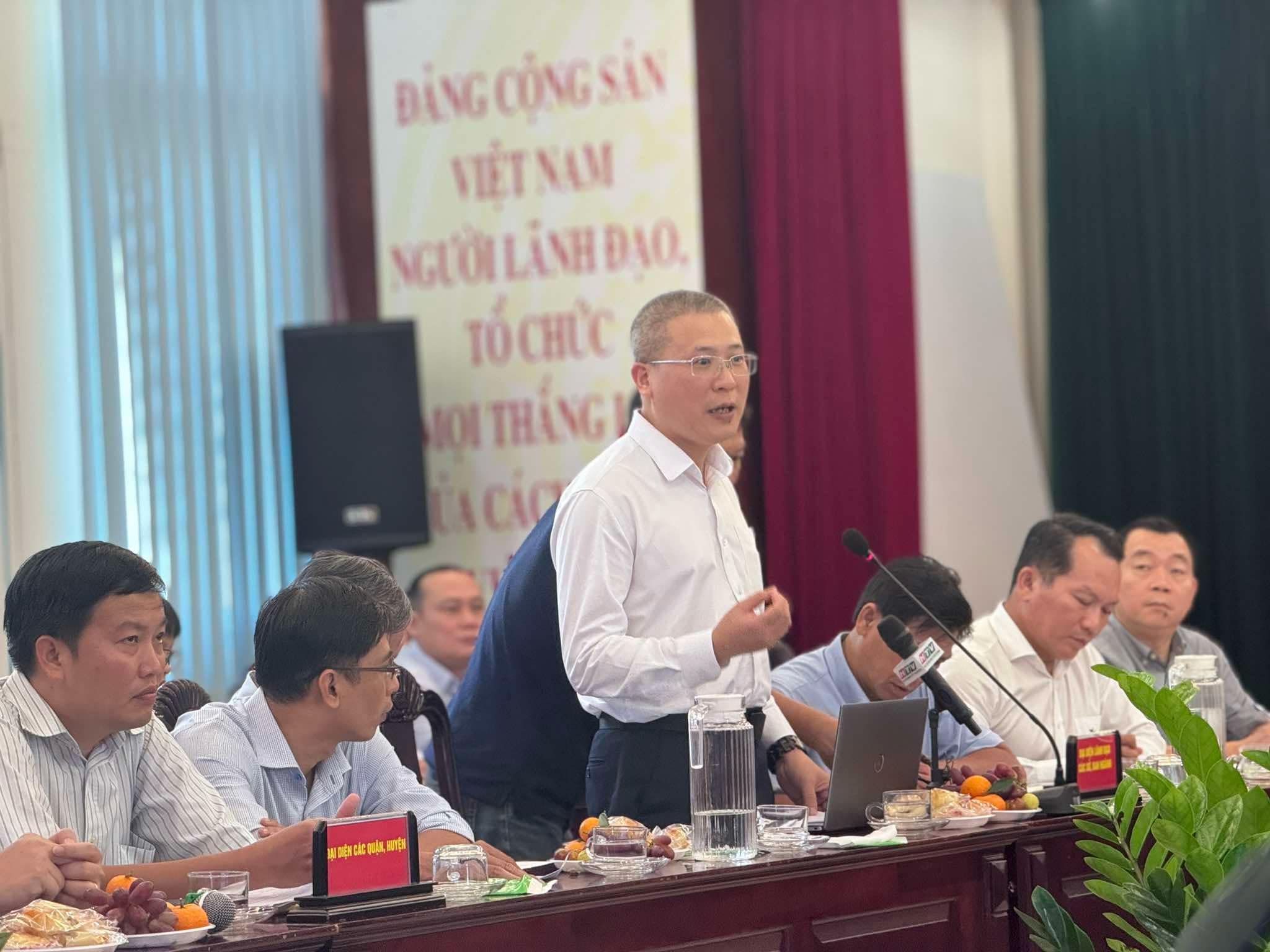
Mr. Le Quynh Mai, Vice Chairman of Deo Ca Transport Infrastructure Investment Joint Stock Company.
Mr. Mai also said that there should be soft criteria for the project's financial plan. According to him, it is possible to collect fees for each stage, each kilometer.
Regarding the financial participation rate, Mr. Mai said that the state budget participation of 50% or 70% is appropriate to shorten the capital recovery period. The best capital recovery period should be about 20 years or less.
"Land clearance is also very difficult. Therefore, the city needs to separate this stage into a separate project and have it be implemented by the locality," Mr. Mai proposed.
Mr. Le Quoc Binh, General Director of Ho Chi Minh City Infrastructure Investment Joint Stock Company (CII), also said that the need to build an elevated road in the city is not yet necessary, so the lower road should be built first. However, during the exploitation process, when the traffic volume is high, the investor must build an elevated road according to the contract.
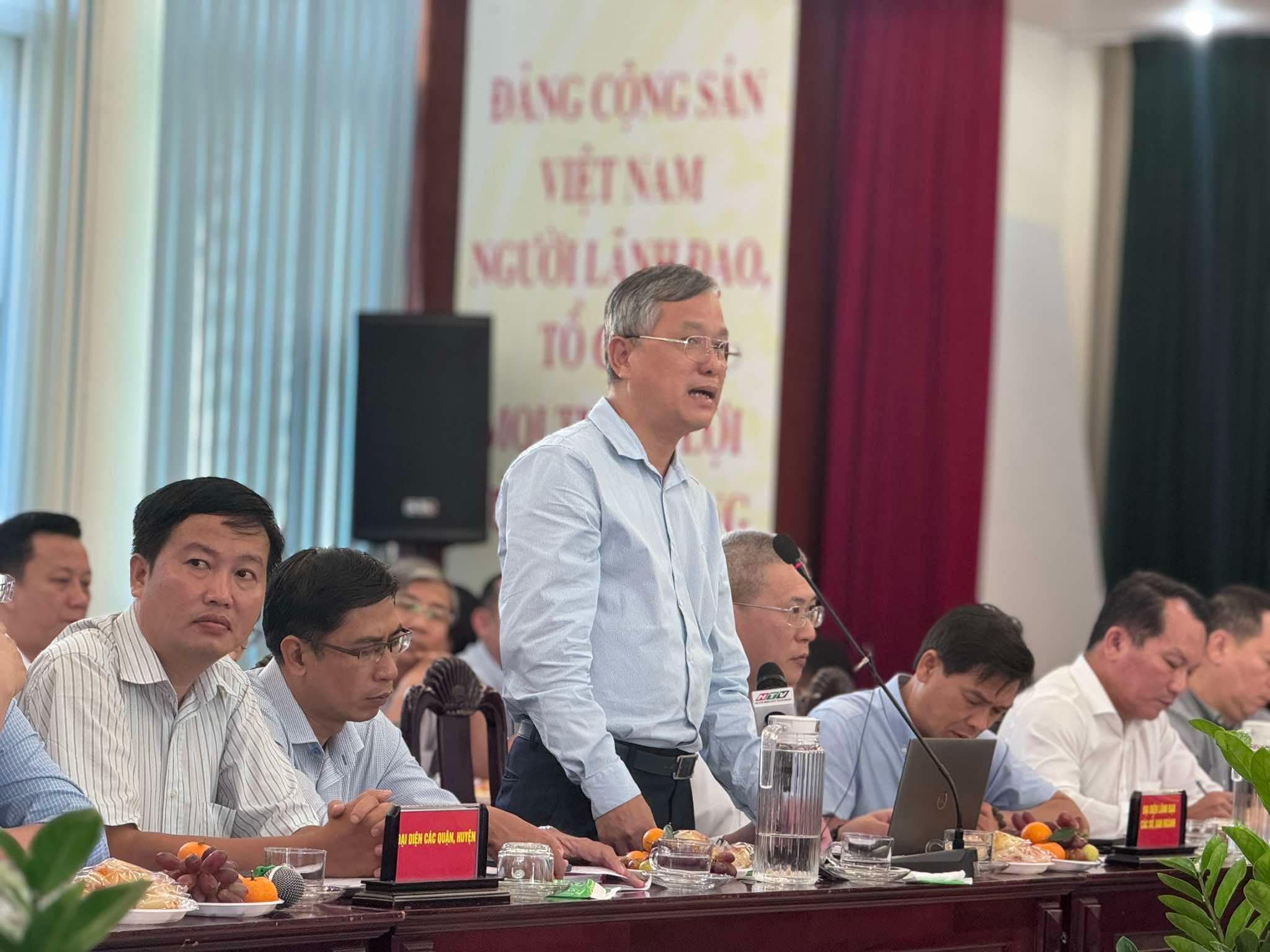
Mr. Le Quoc Binh, General Director of Ho Chi Minh City Infrastructure Investment Joint Stock Company (CII).
According to Mr. Binh, if we build an elevated road right now, the capital cost will be very large. Therefore, it should be divided into two phases; phase 1 will build a low-level road, and the lower intersections will build overpasses and underpasses.
Meanwhile, Dr. Tran Du Lich - Chairman of the Advisory Council for the implementation of Resolution 98, expressed a different opinion: "In the short term, we should not open the road too wide, because we have to clear a lot of land. If necessary, we should build an elevated road to limit the impact on the people."
Like Mr. Mai, Mr. Binh believes that site clearance is a big problem. "Therefore, the project will only be implemented when the site clearance is 90% complete, to avoid the situation where contractors have to tie up their time and capital in projects," he said.
At the conference, Dr. Tran Du Lich expressed: The city needs to quickly and neatly implement 1-2 projects first, "to avoid the situation where we only implement projects after 3 years of Resolution 98 are summarized in 2026".
Source: https://www.baogiaothong.vn/nha-dau-tu-ban-phuong-an-lam-5-du-an-bot-mo-rong-cac-cua-ngo-tphcm-192241114142952825.htm



![[Photo] Prime Minister Pham Minh Chinh chairs the meeting of the Government Party Committee Standing Committee](https://vstatic.vietnam.vn/vietnam/resource/IMAGE/2025/8/23/8e94aa3d26424d1ab1528c3e4bbacc45)

![[Photo] General Secretary To Lam attends the 80th Anniversary of the Cultural Sector's Traditional Day](https://vstatic.vietnam.vn/vietnam/resource/IMAGE/2025/8/23/7a88e6b58502490aa153adf8f0eec2b2)



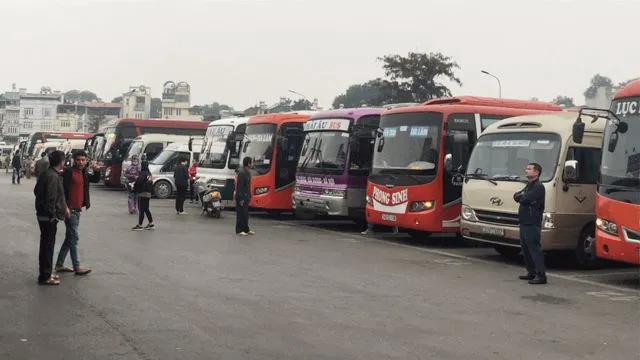

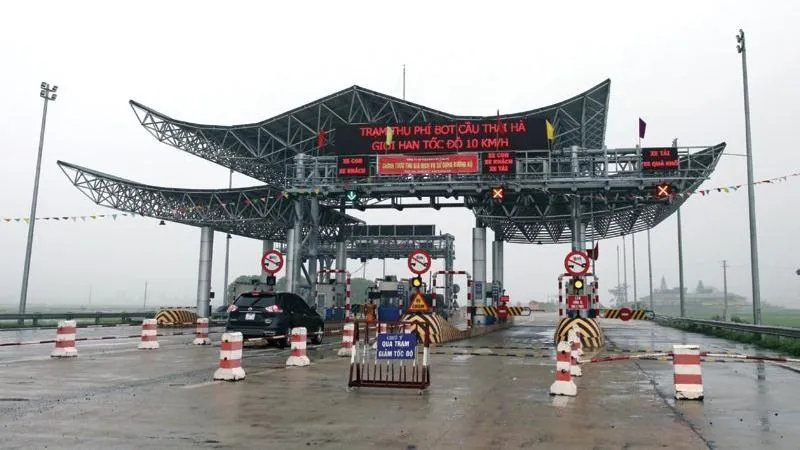
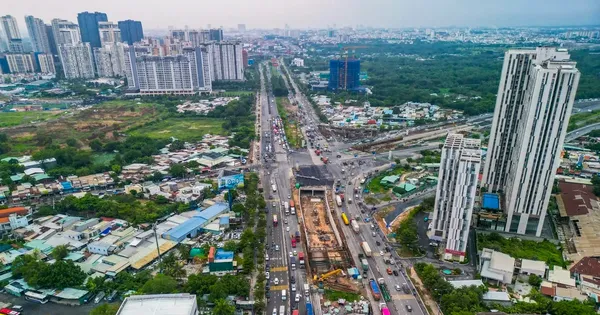

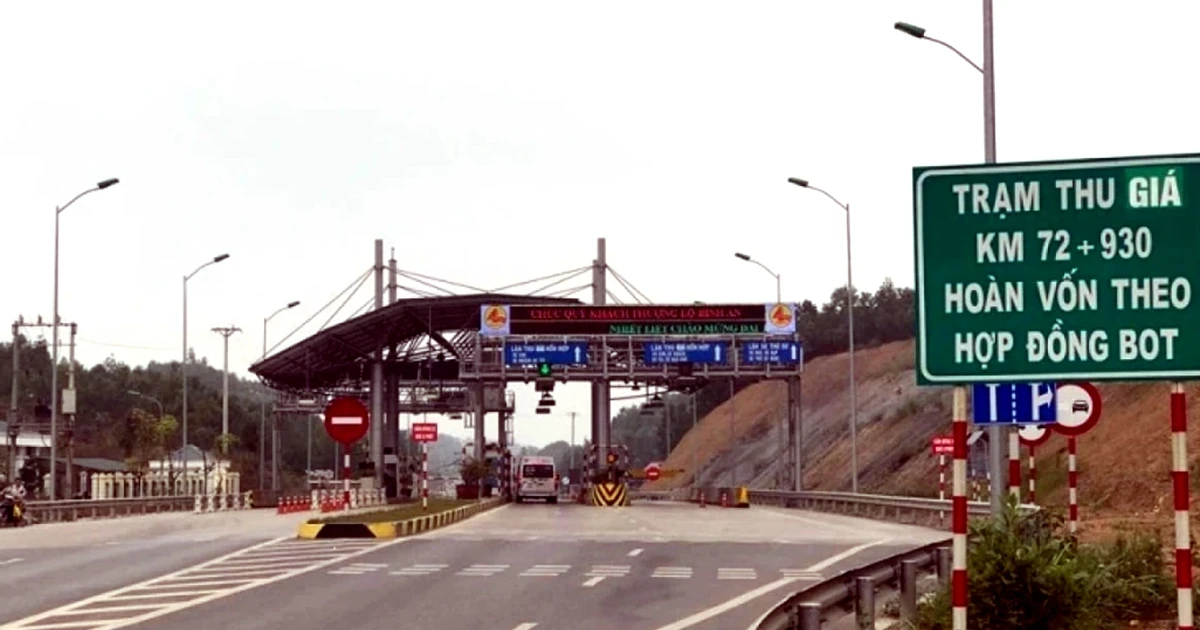



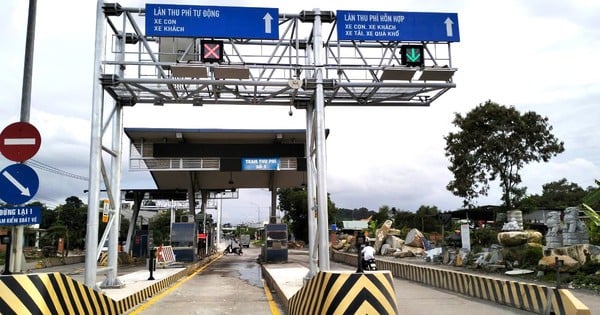






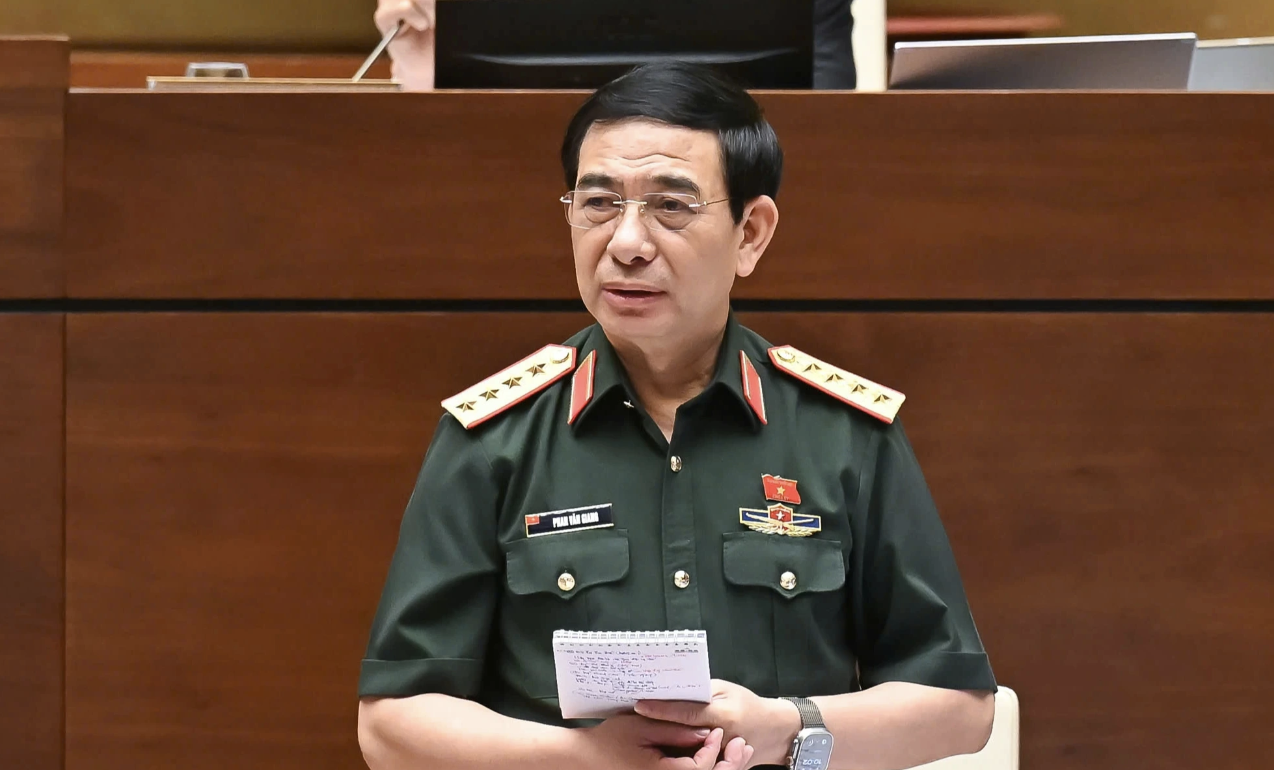
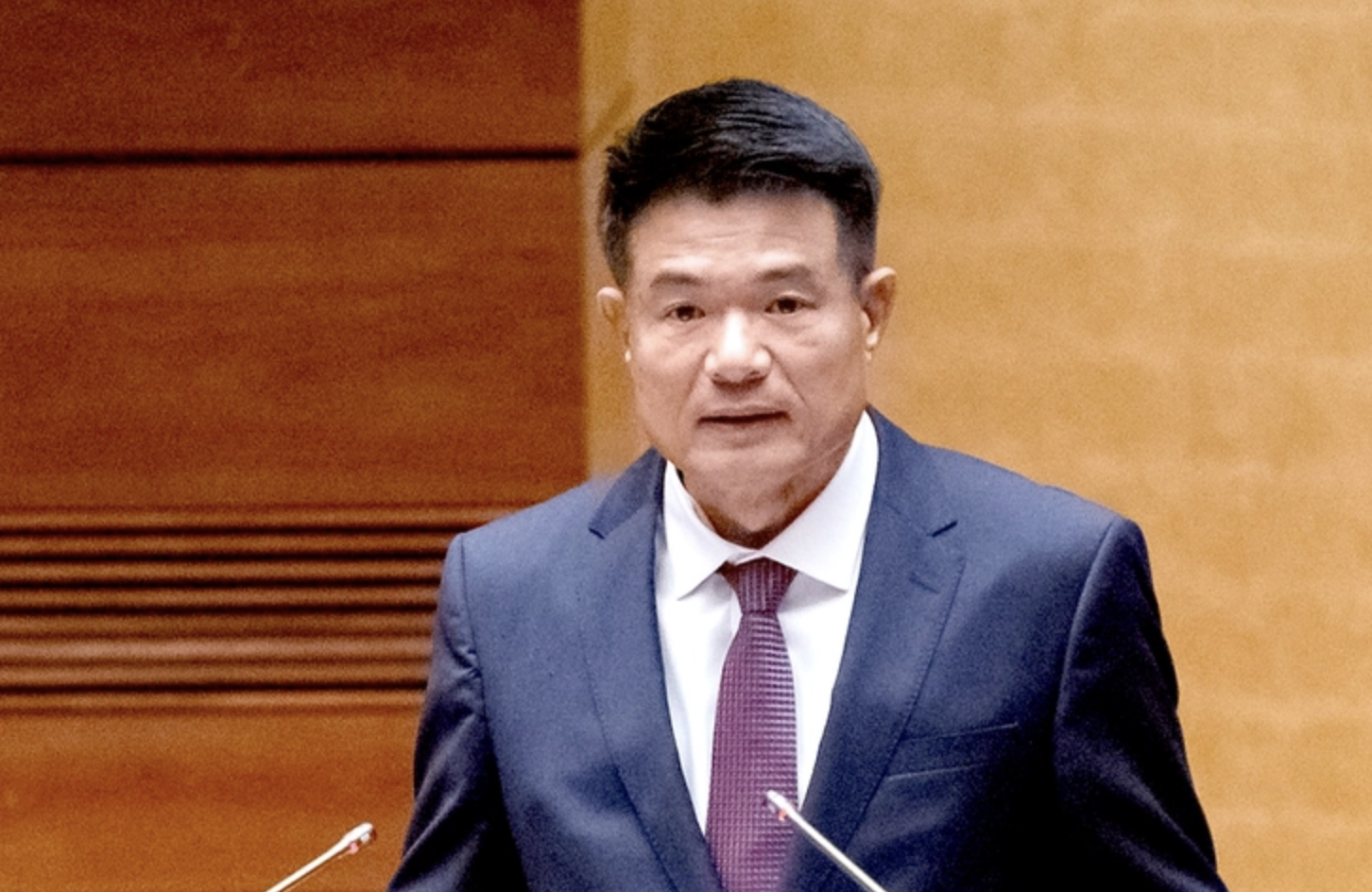

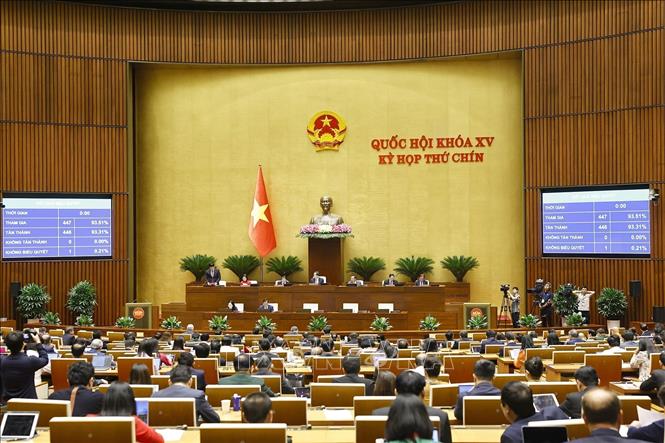






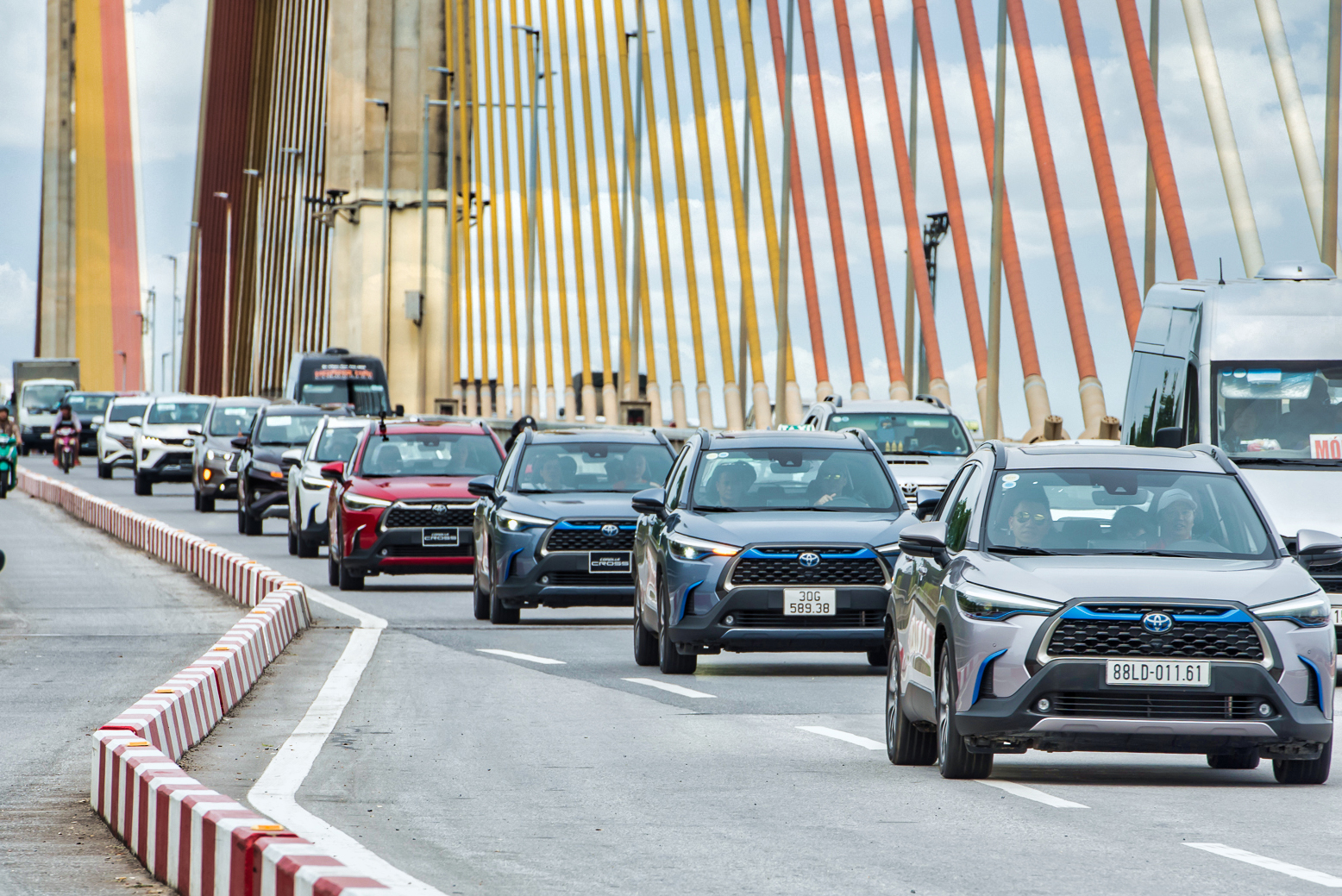












































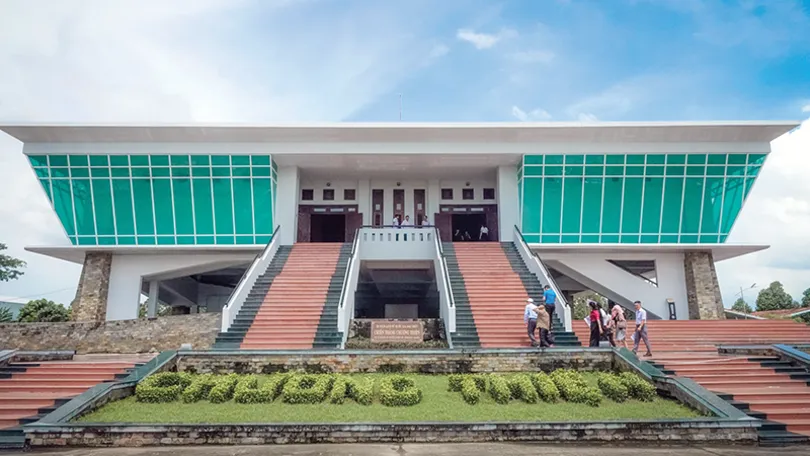

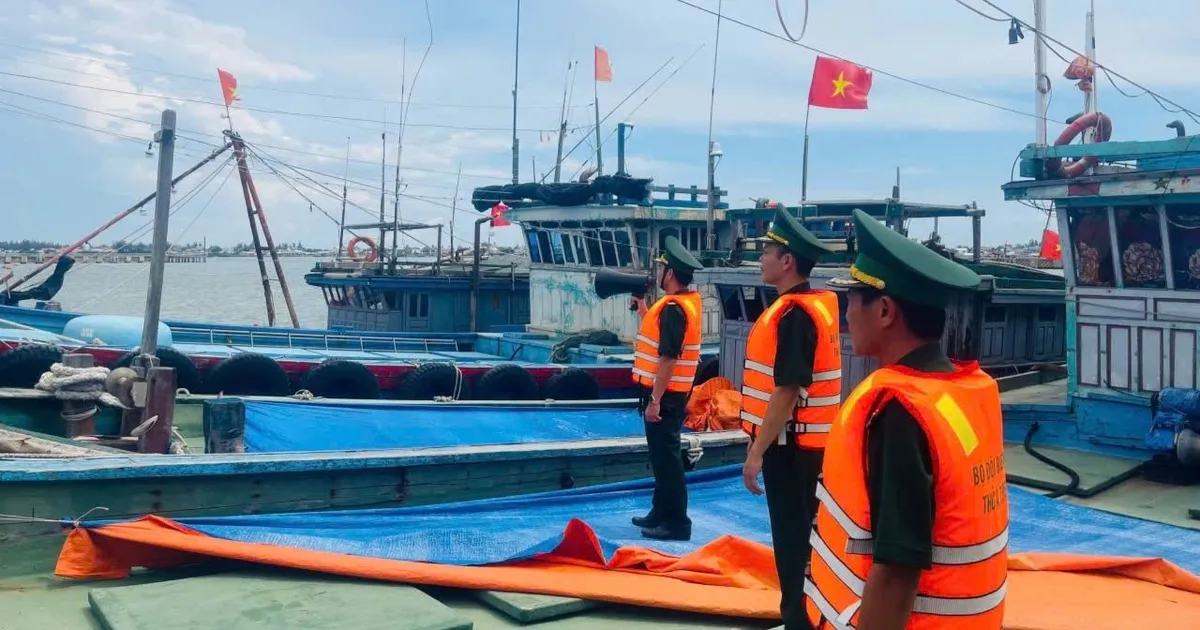
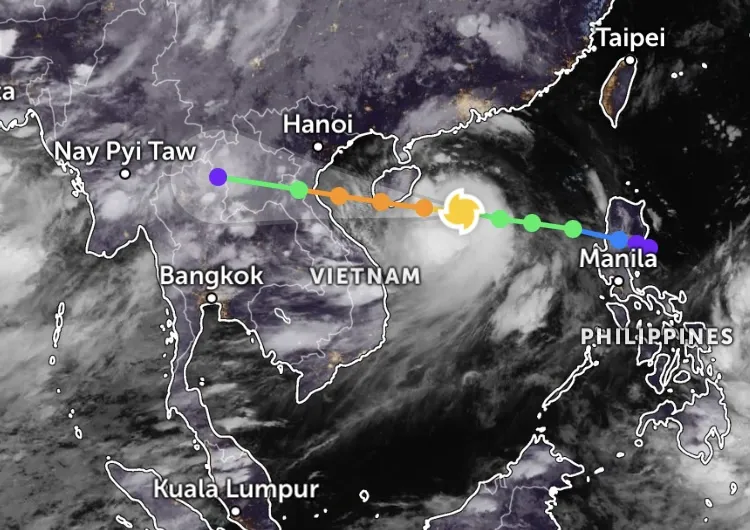
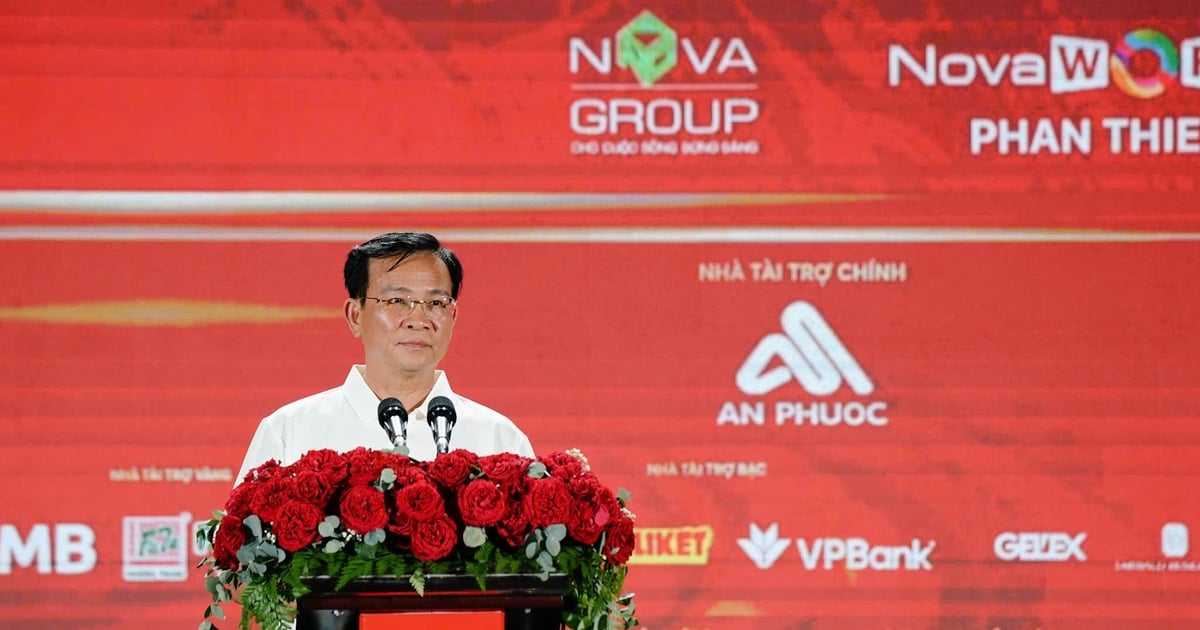

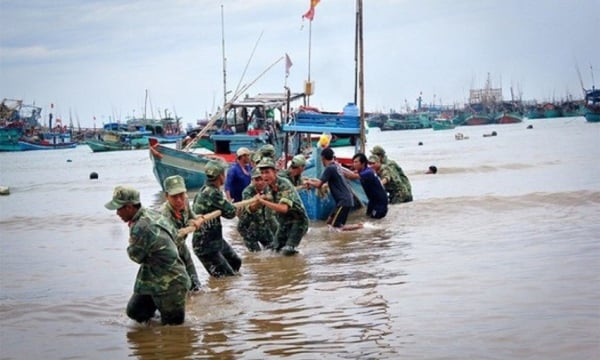

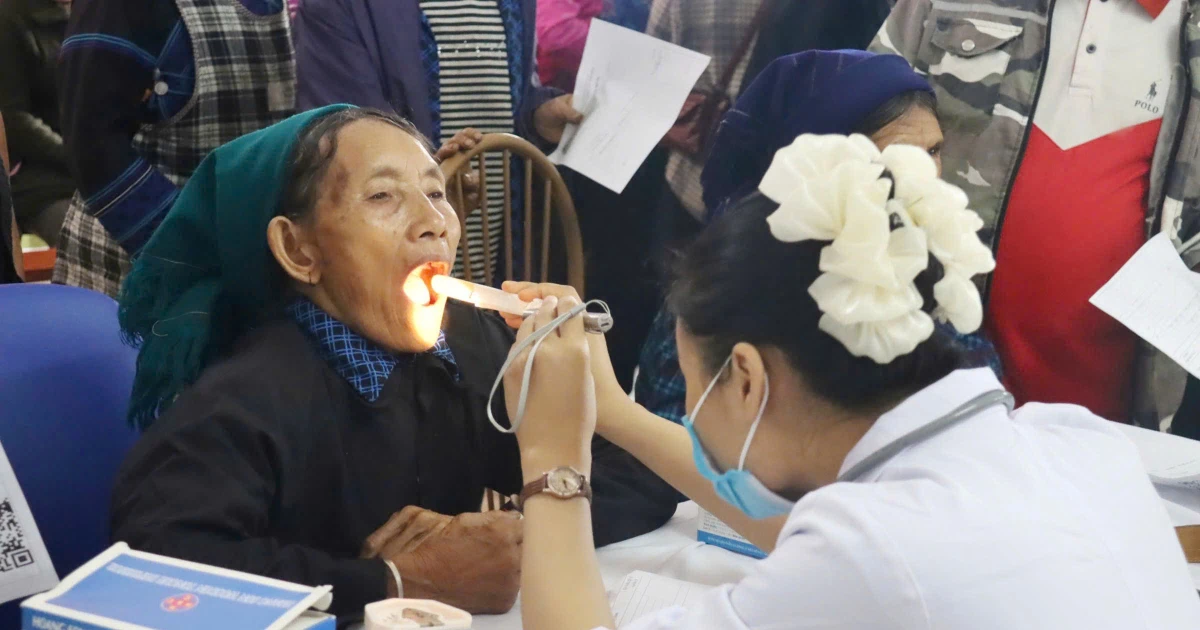














Comment (0)